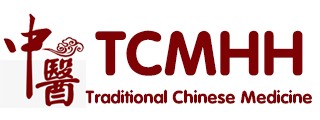NAME
JINGQU
LOCATION
1 cun above the transverse crease of the wrist in the depression on the lateral side of the radial artery.
Above the wrist, 1 cun proximal to LU-9 Taiyuan, on the line connecting LU-6 Kongzui and LU-9 Taiyuan, in the depression at the base of the styloid process of the radius and on the radial side of the radial artery.
Note: if the forefinger is placed on LU-9 Taiyuan and moved proximally over the styloid process of the radius, it will naturally fall into the depression where LU-8 Jingqu is located.
NEEDLING
Puncture perpendicularly 0.1 to 0.3 cun.
Caution: avoid puncturing the radial artery.
Oblique proximal or perpendicular insertion 0.3 to 0.5 cun, avoiding the radial artery.
Slanted insertion 0.5 to 0.7 cun.
COMMAND FUNCTIONS
Jing-River point
Metal point
Horary point
ACTIONS
Descends Lung Qi
Alleviates cough and wheezing
INDICATIONS
Palms hot and dry or hot and moist
Sudden cardiac pain
Intermittent fever
Excessive Phlegm
All Lung and throat conditions
Intermittent fever and chills.
Stiffness of the back and chest
Fullness sensation in the chest
Chest pain with vomiting
Chest pain radiating to the upper back
Esophageal spasm or pain
Malaria
Much yawning
Bronchitis
Cough
Asthma
Fever
Chest pain
Sore throat
Wrist pain
Dyspnea
Wind Attack
Intermittent suffocation
Wheezing
Throat Bi
Febrile disease with breathlessness
Pain in the soles of the feet
COMBINATIONS
| GB-40 Qiuxu | SP-2 Dadu | |
| Tension of the chest and back with swollen sensation of the chest | Febrile disease with anhidrosis |
CONTRAINDICATIONS
Moxibustion is forbidden on this point.
NOTES
This point carries away poisons. It is a very powerful cleansing and elimination point. This point is rarely used. In Japanese and Korean acupuncture, this point is used to control an overactive Liver in the four needle technique.
